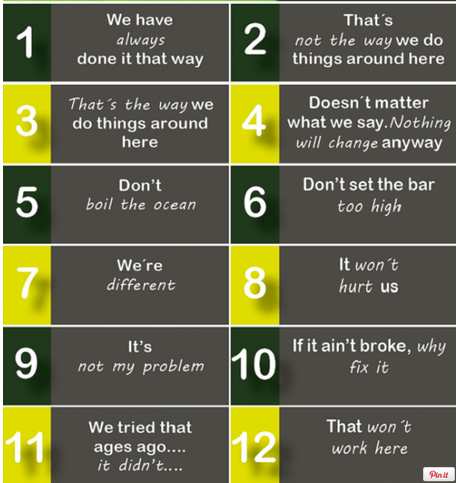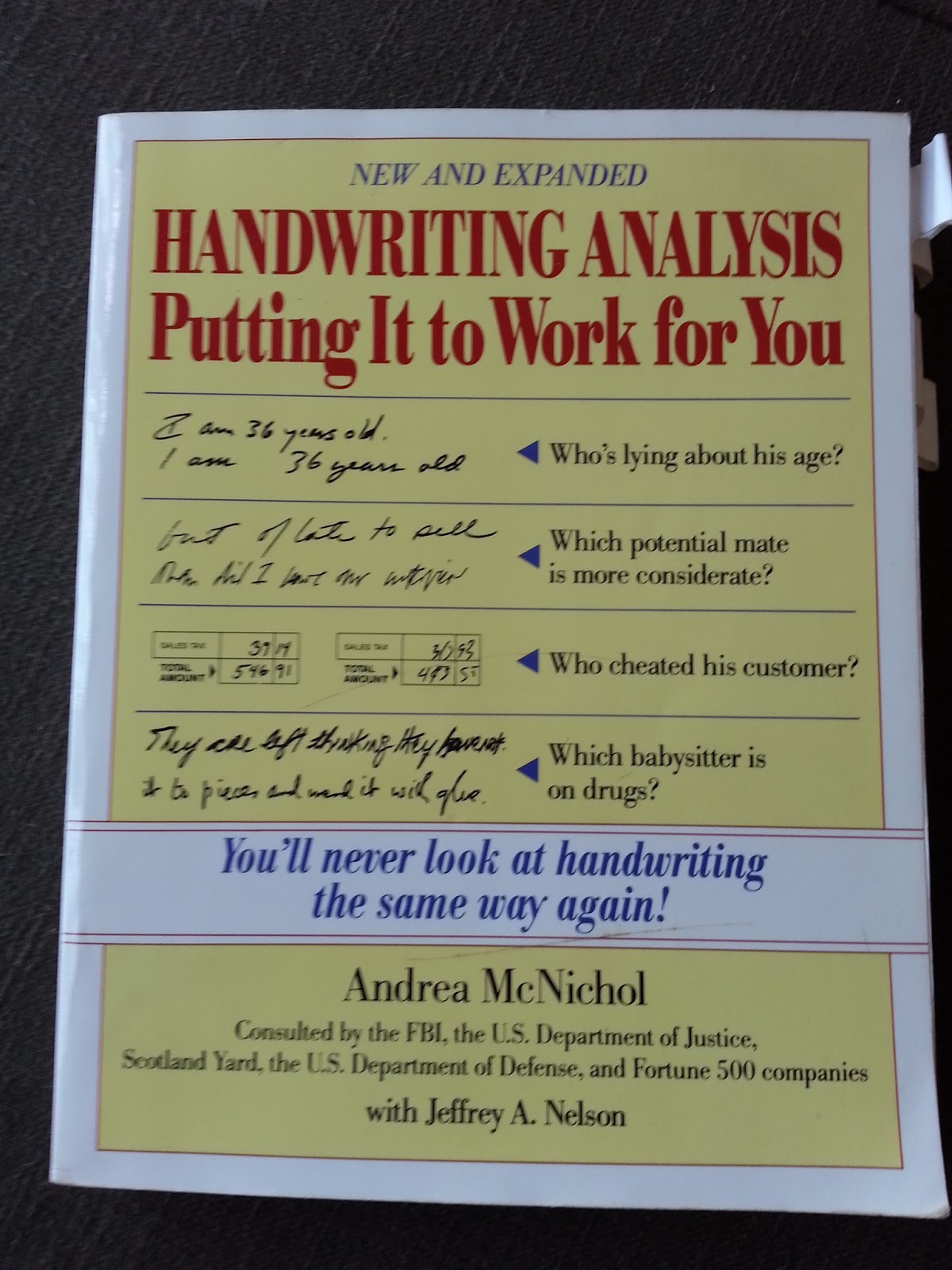21 Dec 2014, Singapore: Received this interesting article from Mr. Alan Collins - I think every HR professional should know and be prepared.
-- By Alan Collins --
About to lose your HR job? Welcome to the group. Thousands of HR folks have been
laid off in the last year.
Even though there have been
positive strides in our economy, even more of our HR colleagues may lose their
jobs before the year is officially over.
In fact, if you’ve ever seen the
classic movie, Up In The Air (with George Clooney & Anna Kendrick pictured above), you were
brutally reminded of one indisputable fact… When the ax falls, most people
are caught completely by surprise…are NOT PREPARED!
There’s an important message in
this movie for HR professionals: if YOU
are getting downsized or fired from your own HR job, chances are you WON’T know
about it beforehand.
You will not be warned. You won’t know about it until
happens…even if you’re in charge of all company layoffs yourself.
Sure you can pick up on little
clues. If you don’t know what clues to
look for, you can find them HERE. But whether there are clues or not, you do
NOT want to be caught without a game plan.
So, with that in mind, here are
12 steps to follow if you think you’re about to get let go…
Step 1: Accept that your HR job may not be safe.
Face reality. Get your head around the fact that no matter
what your position is in the company, nobody is indispensable. But don’t space out. If your leadership team has not yet selected
who will be whacked, you want to improve your odds of being the one
retained. So stay calm, keep your head
down and continue to focus on your job.
However, also prepare for the
worst. If you’re not selected to be let go, that’s great. But if you are,
you’ll minimize the bad feelings and gain greater control over your destiny if
you start preparing in advance.
Step 2: Start discreetly reaching out to your
network.
Outplacement experts rightfully
preach that networking is the best way to find another job. So get a head start. Use the time wisely while you still have your
job. Start very discreetly checking in
with your colleagues, vendors, clients, co-workers who are now at other
companies.
Set up breakfast and lunch
meetings with as many of these folks as possible. Your only objective at this point is to
re-connect and line up these relationships so that you’ll feel more comfortable
calling on these people for assistance later on should the ax fall on you. Hopefully, you will have kept these
relationships current…the worst time to start networking from scratch is when
you need a job.
Step 3: Prepare your spouse or significant other.
As tough as it may be to discuss
your fears, you need to lay it on the line with your partner about your current
job situation. Trying to protect her
him/her from possible bad news, while admirable, may well backfire if your
partner feels that you have intentionally kept him/her in the dark. If there are kids involved, talk about if,
when and how you’ll break the news to them.
You’ll find suggestions here.
Step 4: Investigate your company’s severance policy.
Being in HR, you know that most
companies don’t disclose or publish any printed information on severance
policies. But most use a formula based
on your level in the organization and your years of service. Others just wing it as they go along.
So, finding out what you will be
paid upon termination can require some digging.
Your best source of information will be other employees who have been
recently laid off. As you gather information, it’s important to not only find
out the amount of severance you can reasonably expect, but also:
- Does the company make lump-sum severance payments or continue employees on payroll? Will your severance payments stop if you find another job?
- Will they extend your insurance benefits?
- Do they provide outplacement assistance?
- Do they offer alternatives to severance? Some companies have recently started to offer employees leave of absence packages as an alternative to termination.
Step 5: Begin taking possession of your personal
belongings, personal files and e-mail addresses.
If you are let go, you could be
escorted out on the spot and denied the opportunity to go back to your office
and clean out your personal stuff. Since
there may be a question as to what belongs to you and what belongs to the
company, now is the time to sort through your personal files and take them
home. Just be careful not to remove anything that could be deemed to be company
property or proprietary in nature.
Since your network is the key to
a successful job search, you’ll want to be sure that you’ve got all the
telephone numbers, e-mail, and address information of your valued contacts
inside the company for future reference
If this information is maintained
on company-owned equipment (such as a PC or PDA) copy those files on a CD and
take it home. Or copy all pertinent data
to your home e-mail account.
TIP: Be subtle in your packing
activities – you don’t want to create the impression that you’re expecting to
be laid off. Although the company may not allow you back in your office after
being dismissed, they will return your personal belongings so don’t feel the
need to take down personal photos quite yet. But, consider removing anything
you consider personal or valuable in a non-obvious manner.
Step 6: Update your resume.
You should always have an
up-to-date resume on your hard drive.
You never know when a perfect job opportunity might surface. So don’t let an outdated resume prevent you
from reacting to new opportunities in a timely manner.
Step 7: Re-establish ties with executive recruiters.
If you’ve successfully worked
with recruiters in the past, give them a call to touch base. Send them your updated resume and a brief
cover letter.
Step 8: Use websites to help you explore HR job
opportunities and produce job leads.
There are a growing number of
websites that can produce job leads for you.
You input the specifications of your desired job – the job search agent
will check all the jobs posted in its database and then periodically send you
e-mails with postings that match your profile.
Here is a list of job search websites you can use.
Step 9: Investigate job opportunities elsewhere
within your company.
In some large companies, one
division can be laying people off, while another division thrives and is
hiring. If you have skills that might be attractive to other departments or
divisions, look into options for transfer.
Step 10: Hold off on long-term financial commitments.
If you have financial concerns,
for now, it goes without saying that you should put off buying that new home,
undertaking a major remodeling or purchasing that new car. The last thing you need right now is to be
hampered with new monthly payment obligations.
Step 11: Pay off credit card debt.
With credit card interest rates,
the cost of maintaining a monthly credit balance can be staggering. If it’s not
possible to totally eliminate the debt quickly, investigate ways to consolidate
the payments on a card with a lower interest rate.
Creatively increase your savings
account. Certain bills such as auto
insurance, health clubs, etc. can often be paid in either a lump sum or
installment payments. If you normally pay them on an annual basis, this may be
a good time to look into monthly or quarterly payments instead. Surprisingly,
the borrowing cost on these installment plans can be quite low, providing you
with the option of maintaining a higher cushion in your savings account during
this critical time period.
Step 12: Use your employee benefits, before you lose
them.
In the event of a job loss, your
job benefits will most likely be eliminated. While you will be given the
opportunity to extend your health coverage through COBRA, now is the time to
maximize your other benefits.
Personal Days: If you need to take time away from the job,
save your vacation days by depleting your personal days first. After
termination, you’re normally entitled to receive pay for accrued vacation time,
while payment for unused personal days or holidays is rare.
Vision Benefits: If you’re
entitled to a vision care plan, schedule your family’s eye exams and purchase
of glasses/contact lenses immediately.
Max out your Medical Flexible
Spending Account: If you are fortunate enough to participate in a section
125-reimbursement account, you can claim all eligible expenses (prescription
drug costs, eye care, unreimbursed medical deductibles, etc.) incurred through
your date of termination, even if you have not yet fully contributed to the
plan. So, do what you can now to maximize those reimbursable expenses – schedule
check-ups, order all needed meds, and get your family in tip-top medical shape
at an unbeatable price!
Dependent Care: If your child is
enrolled in a company-sponsored childcare program, you should investigate the
company’s policy regarding your right to continue participating in that program
following your termination. If that is not an option, begin to collect data on
suitable childcare services in your area.
Other benefits: Is your company
affiliated with a work-life service that provides helpful information about
eldercare, referrals to summer camps, or daycare providers? How about the little perks – like membership
at Sam’s Club? Take advantage of these services while you are still eligible.
--- The End ---





















